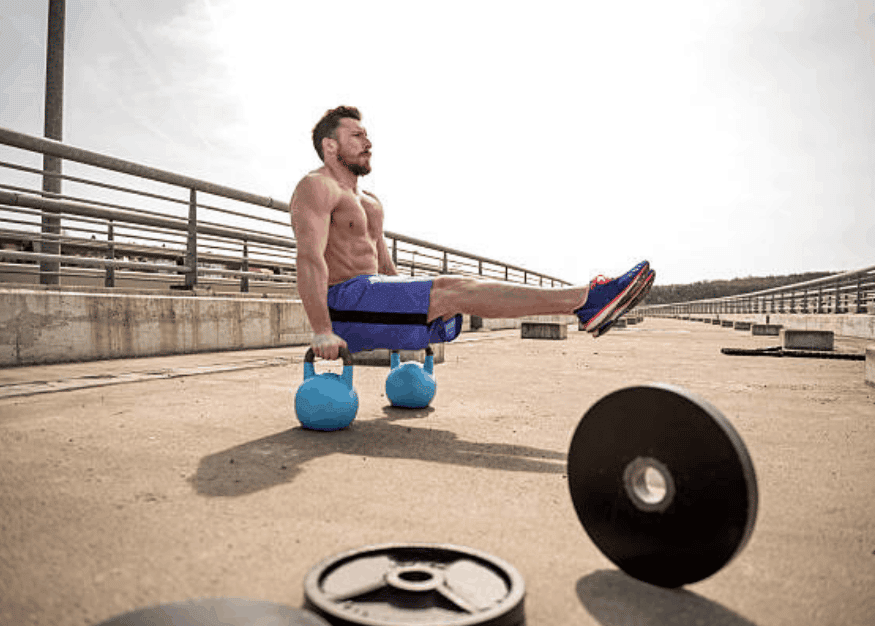If your thoughts have gone to mathematical applications, I reassure you, it is not so. Isometric exercises are a set of body movements designed to bring dynamics and stability to your motor muscles. There are various categories of exercises and each of them offers a multitude of interesting applications. These exercises are designed to sculpt the body while increasing your motor strength and accuracy.
What is an isometric exercise?
An isometric exercise is a technique that allows the voluntary contraction of a muscle without producing movement. There is no joint displacement, and the bone segments remain immobile.
This type of exercise is much more static and focuses on body dynamics. It increases your ability to remain motionless while contracting a muscle without changing its length. Physiotherapists sometimes use it to rehabilitate certain patients, particularly those for whom joint movement is impossible or forbidden.
The principle of these exercises is based on a body's response. In fact, even in the absence of isometric exercise, the body performs what is called an isometric contraction.
This type of contraction occurs whenever your whole body or part of it has to stand still. This is also the case when you hold an object still in your hand, in your arms or on your foot for example.
Why do isometric exercises?
Isometry is essential to achieve a more targeted contraction of the muscle required for the effortThis is a great way to increase muscle mass without straining your tendons and joints. Isometric exercises contribute to a small increase in muscle mass, but provide an enormous gain in strength.
These exercises are used as supplementary training for specific sporting activities, particularly those requiring the use of strength. These activities include climbing, gymnastics, wrestling, volleyball, etc. CrossFitathletics and windsurfing.
By doing isometric exercises, the motor fibers are mobilized more. These sets of movements allow the development of muscle tension clearly superior to those observed during a series of movements. What's more, these exercises don't rely on body weight. So you can do them anywhere, with or without equipment.
For a more complete sports workout, the ideal is to combine isometric exercises with your usual movements.
What are the different categories of isometric exercises?
There are several types of isometric exercise, grouped into 5 categories according to the part of the body you wish to work.
Strict cladding
This exercise deals primarily with deep muscles of the chest. The exercises in this category are performed without equipment.
The shoulder lock
In isometry, shoulders and back do most of the work. This type of exercise is designed to strengthen your back support.
The manual grip
The exercises in this category involve the use of the traction as well as the suspension rings. These are the muscles of the hand and forearms which are the most worked on in order to strengthen the grip.
The body in an upright position
In this category, the exercises put in synergy the shoulders, the bust and the legs. It is here that we find the handstand (Reverse Tense Support), a classic of the gymnastics. The objective of this exercise is to maintain aligned the legs, the bust and the arms while pushing strongly on the shoulders.
Maintenance
These are mainly the bust-shoulder support. It can last from 5 to 30 seconds, just like any other holding exercise for other types of muscles.
Some examples of isometric exercises
Among the isometric exercises, the best known are the back press with hip lift, back press plank and back to wall chair. In the category of the strict sheathing, you have the ventral sheathing on two opposite supports, the sheathed maintenance back to the ground, or the dorsolumbar extension held. There are also ring support exercises for the arms and shoulders, such as the flexed arm hold or the extended arm hold for the shoulder lock.
We can also mention the hand-hold, supine or pronated bar suspensions. To keep your body in an upright position, you can choose between upright exercises (arms stretched above your head, or arms stretched over a dumbbell) or inverted exercises (upside-down handstand).
Finally, there are oblique or bridge back exercises, which fall into the category of chest-shoulder support. There are also a number of other exercises that you can adapt to your own abilities.
Need to build muscle mass?
Other articles to read :
What jump rope program should I use to lose weight?










